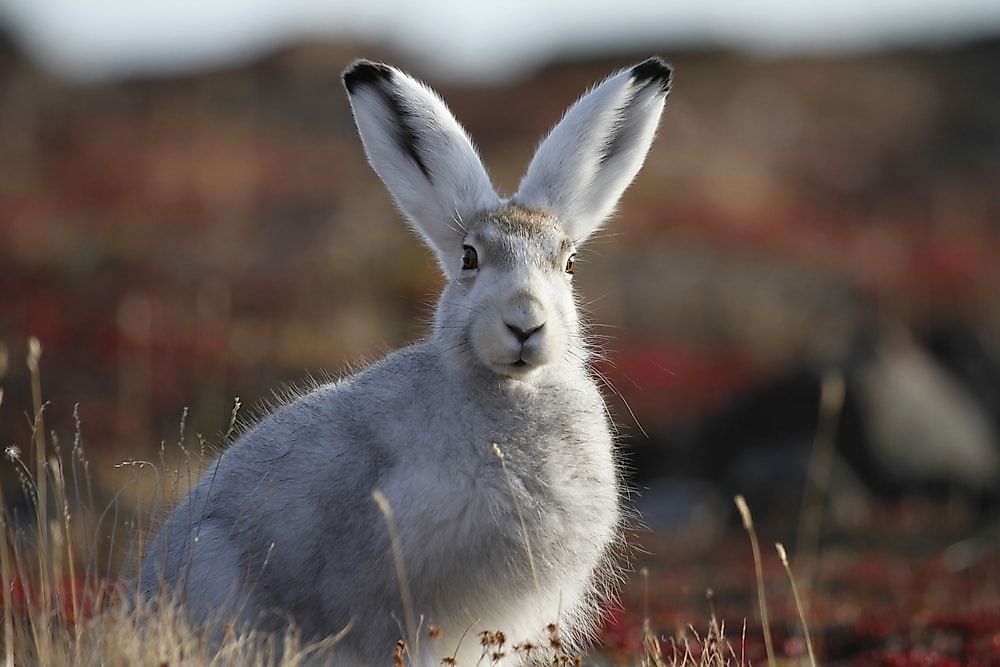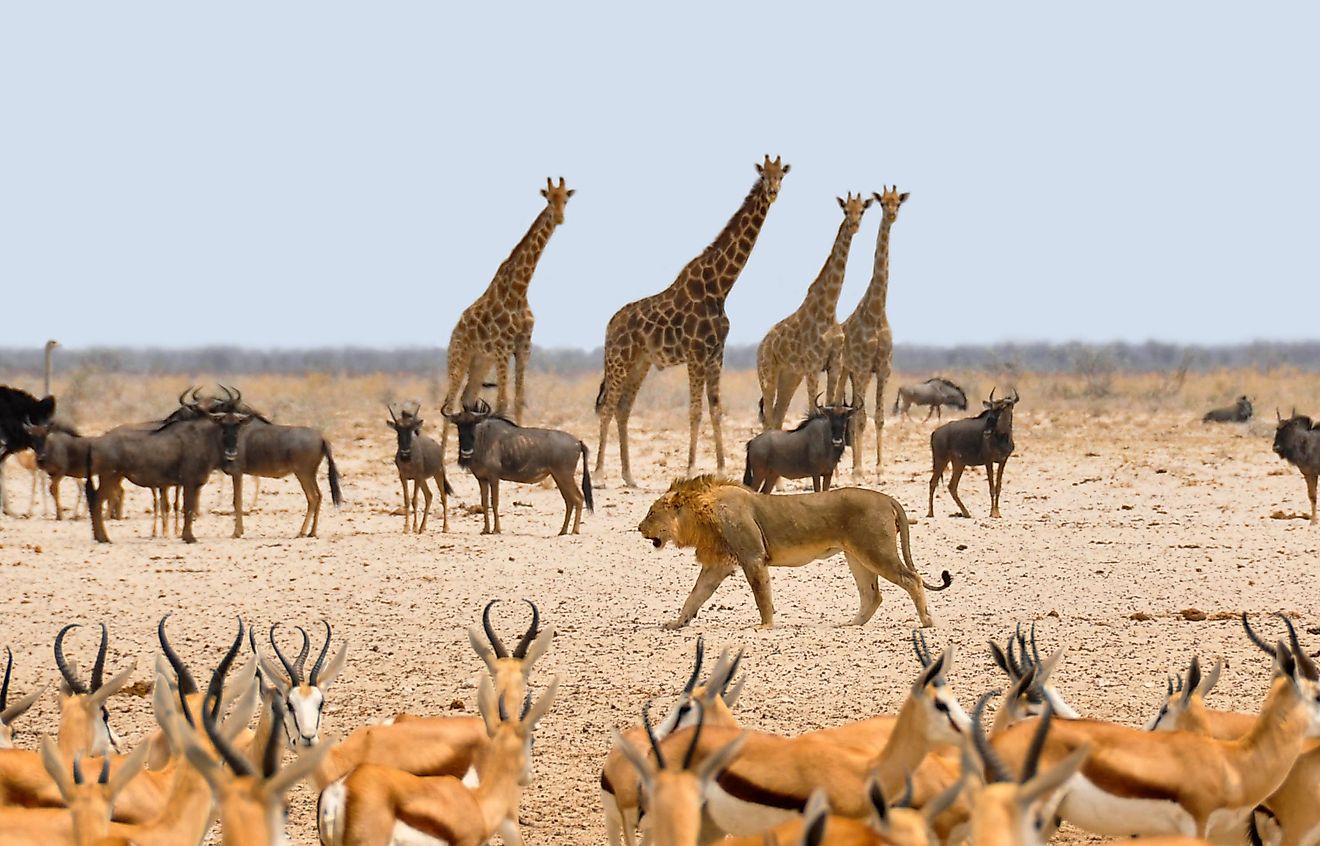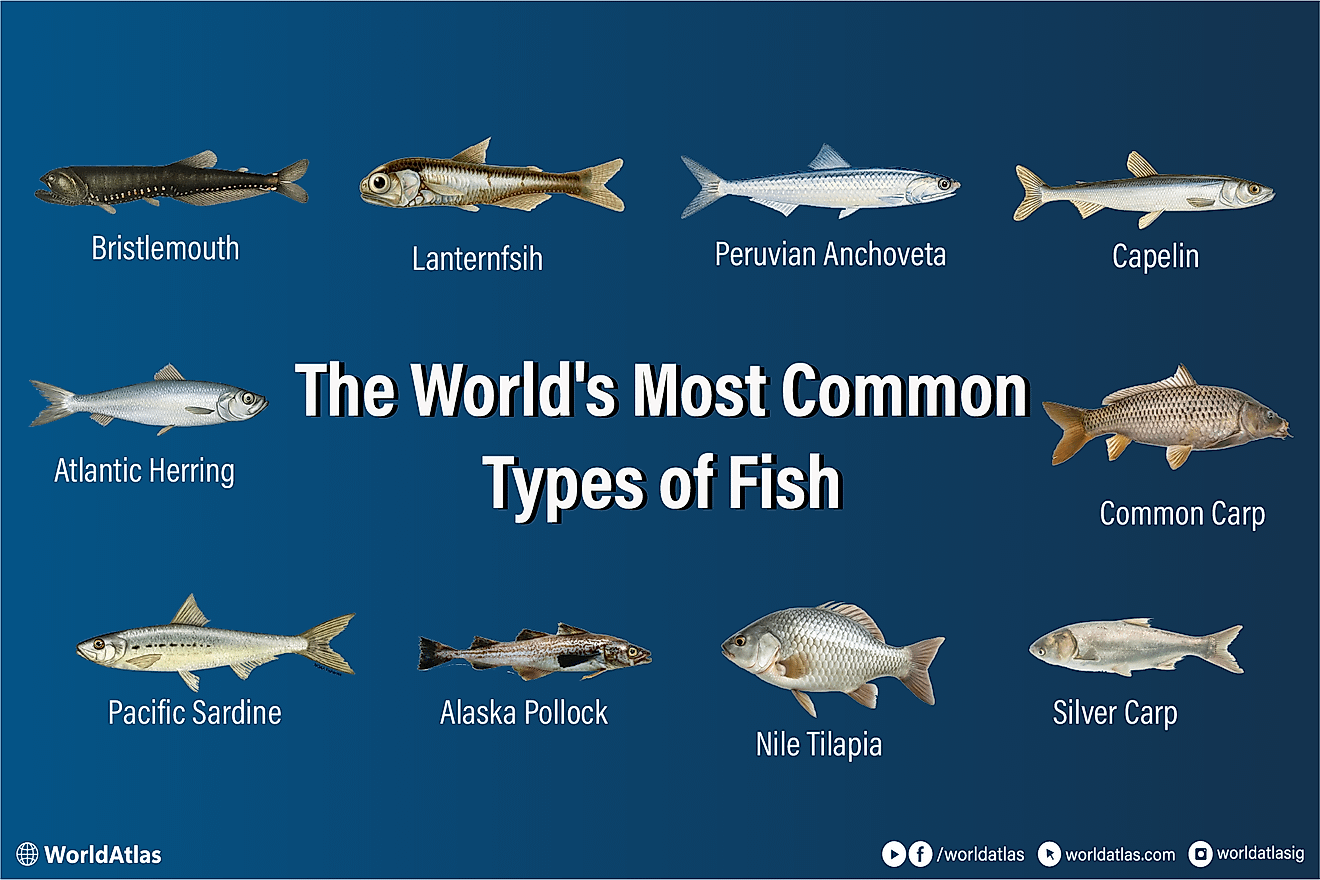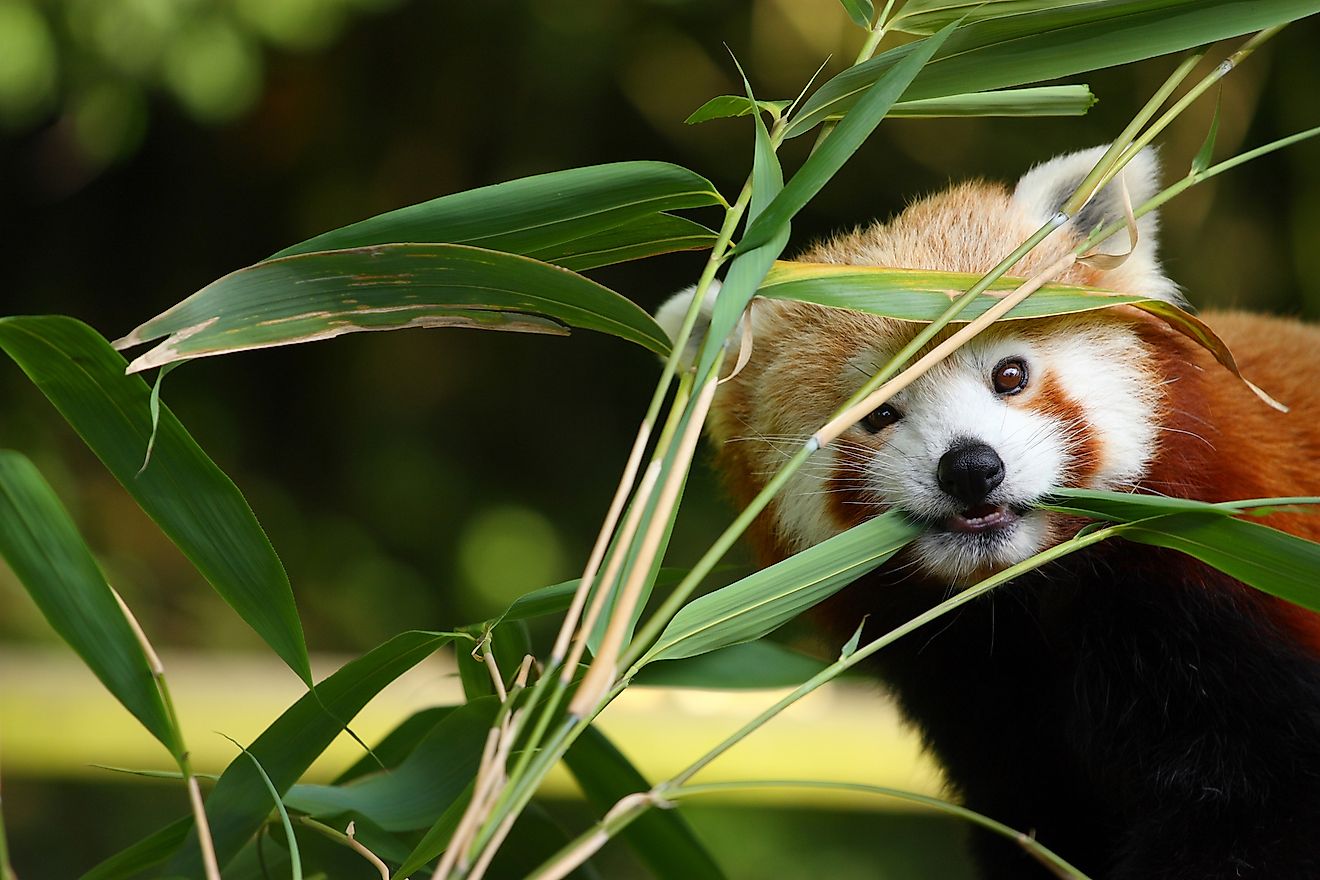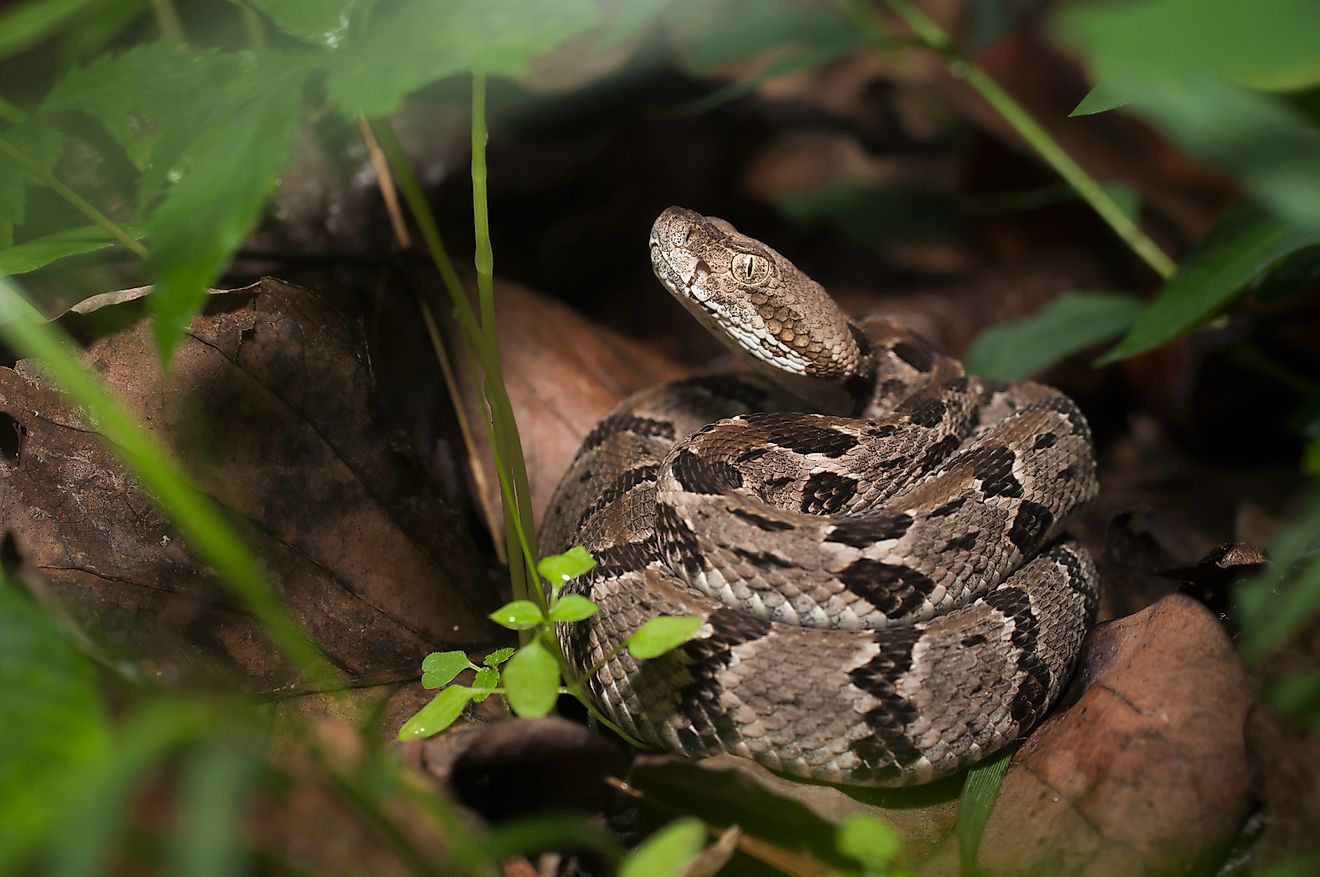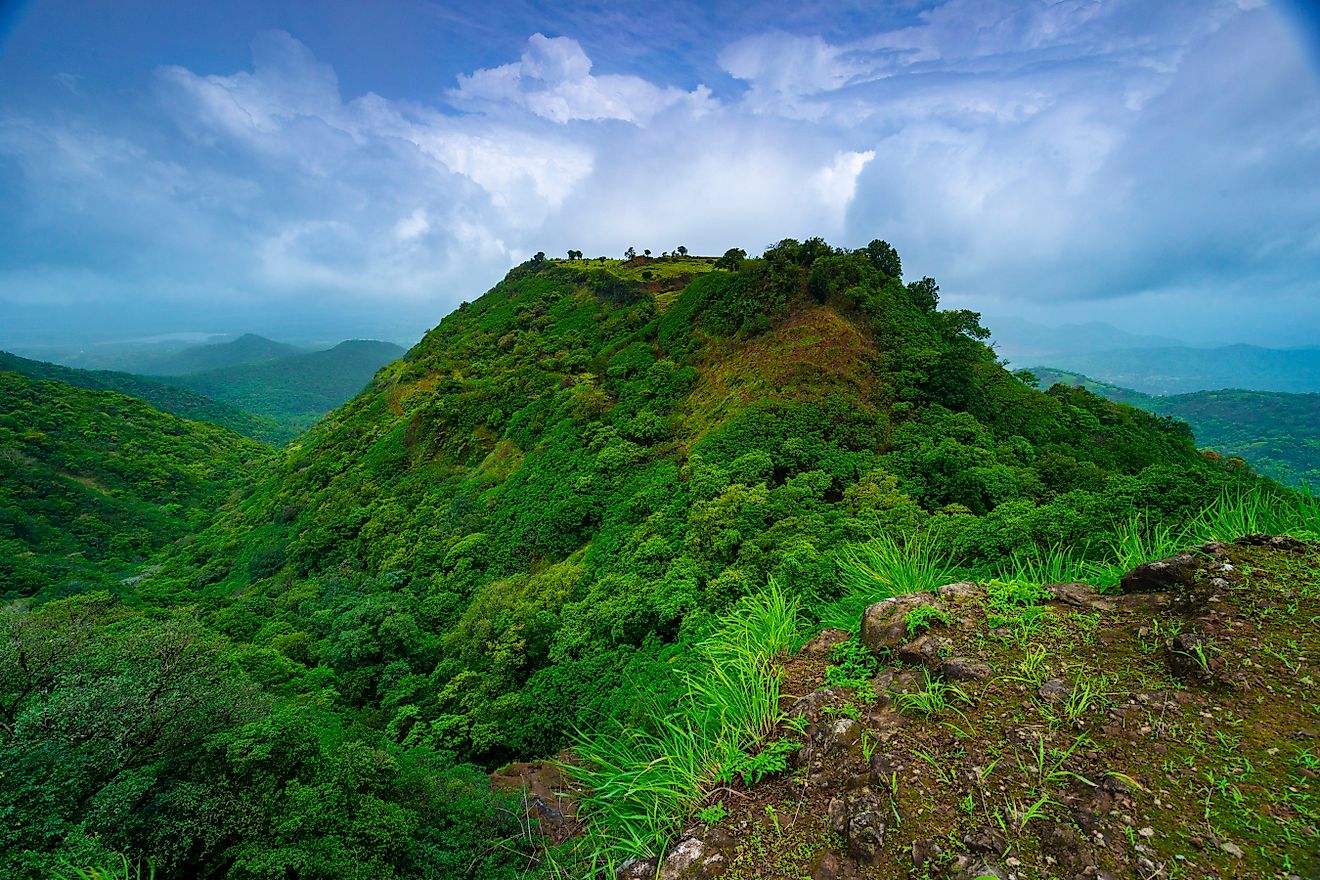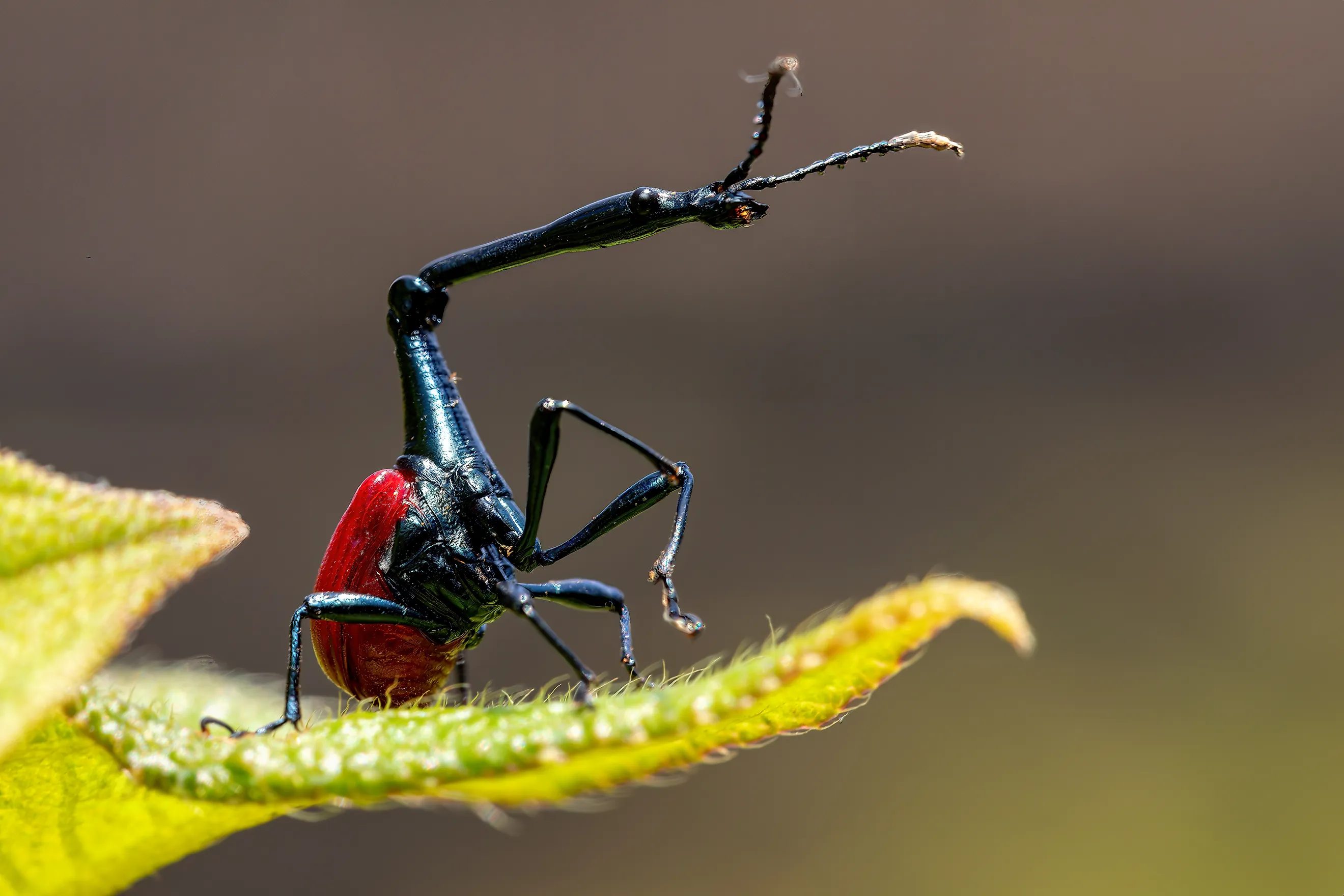
The Weevil’s Built-In Javelin
Nature is full of the weird and wonderful, but the giraffe weevil (Trachelophorus giraffa) is in a class of its own. This bug can extend its neck by up to three times its body length, giving it an elongated head to smack down other weevils in jousting-like competitions.
Endemic to the rainforests of Madagascar, giraffe weevils are a relatively recent discovery, only classified in 2008. While they may be one of 60,000 weevil species globally, this peculiar bug is one of a kind, being the longest of them all. In the relatively sheltered island ecosystem of Madagascar, the bug appears to be thriving. However, the island’s native communities are known to trade the beetles for use as decorative items or in jewelry.
About the Giraffe Weevil
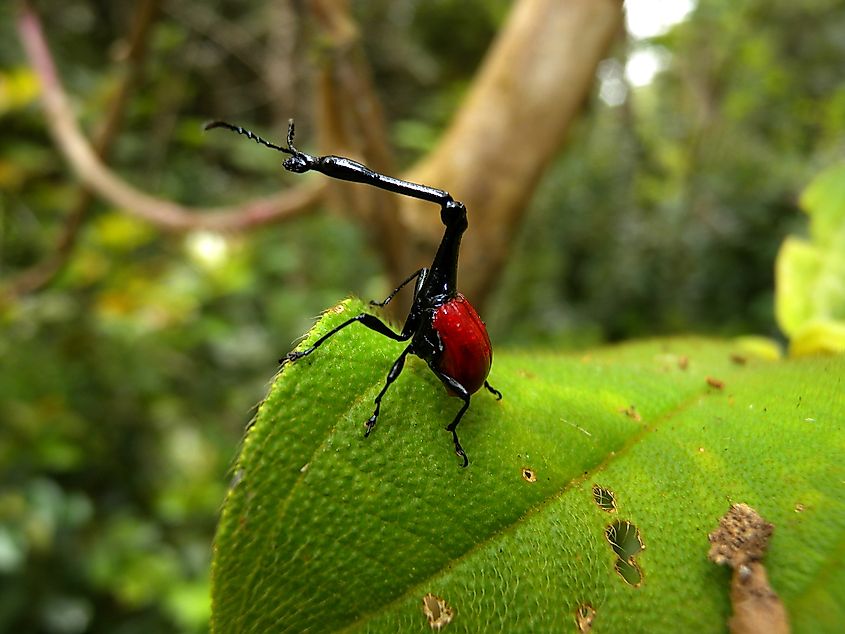
Also known as giraffe-necked weevils, they look very striking with their distended neck, black head and legs, and bright red wings (though only the males of the species have the extra-long necks). Both sexes are relatively small, measuring around 1.25 inches long.
But don’t be fooled by their clownish appearance; male giraffe weevils can be very aggressive. When males compete for mates, they use their necks as clubs, lashing out at each other in a show of force. The one who wins this bizarre match claims the female as his prize. Fights can get very heated, even ending in death.
By comparison, the female’s superpower is her strong legs, which she uses to roll up leaves around her larvae, creating a safe cocoon where they can hatch undisturbed. The leaf also provides food for the young weevils in their first few days of life.
Although they can fly, giraffe weevils don’t travel far. The insect’s lifespan is around a year, and it spends all that time in the treetop of a tree named after it. It’s thought that the bug eats the leaves and possibly the sap of the giraffe weevil tree.
New Zealand Giraffe Weevils
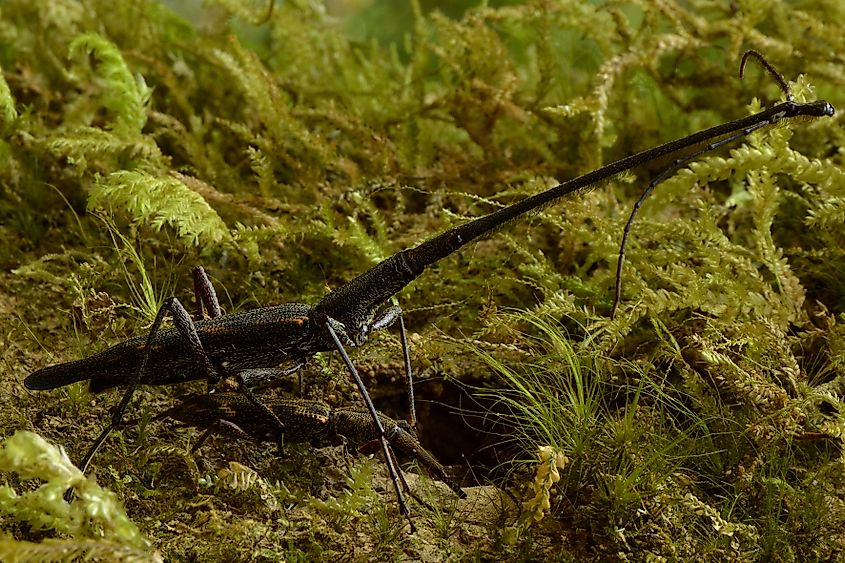
The giraffe weevil should not be confused with the New Zealand giraffe weevil (Lasiorhynchus barbicans), a different but similar insect. Like their Madagascar counterparts, the male New Zealand weevils have a stretched-out apparatus used in competitive jousting. However, in the former, this giraffe-like appendage isn’t a neck; it’s technically a nose.
The weevils also differ in appearance and size. New Zealand giraffe weevils are all black, with more variation in their size. They have the biggest adult size range of any beetle in the world, with the largest males measuring up to 30 times longer than the smallest.
Another fun fact about the New Zealand giraffe weevil is that it’s a good actor. When frightened or threatened, the beetles dive dramatically to the ground and freeze. They can play dead in this way for up to an hour, holding their stock-still pose until whatever predator was in the vicinity has lost interest and moved on.
New Zealand giraffe weevils appear most commonly on the North Island and more rarely on the South Island. Science knows more about this species because it is easier to find and study than its remote island cousins.
In 2021, a team from the Smithsonian Tropical Research Institute, the University of Auckland, and the University of Arizona solved one of the New Zealand giraffe weevils' biggest mysteries — how do the largest beetles have the energy to wield their disproportionately long snouts?
They found that the largest males were the most energy-efficient. While small snouts are made of living tissue that requires a lot of energy to maintain, the longer rostrum is made of cuticle, like human fingernails, which is much less energy-sapping.
Identifying this evolutionary quirk can help researchers solve the puzzle of other species with similarly disproportionate weapons, providing vital clues as to how these creatures have evolved to come out on top.
Where to See One
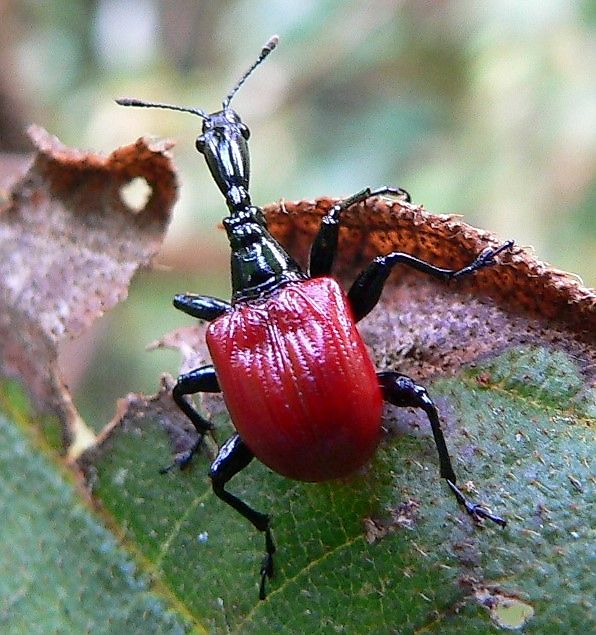
Intriguing, unique, and striking, giraffe weevils are one of nature’s finest creations. If you want to see one in the wild, travel to Madagascar, as the beetle isn’t found anywhere else. On the island, one of the best places to see the tiny creatures is Ranomafana National Park, where there are plenty of giraffe beetle trees to shelter them and local guides who can lead you to the best spot. Alternatively, you can visit the San Francisco Zoo & Gardens, which has a specimen in its Sculpture Learning Plaza.
